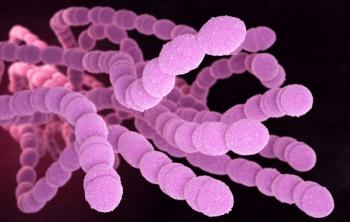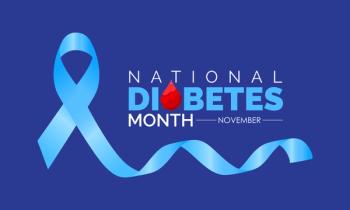
Resolving the Opioid Epidemic Requires 'All Hands On Deck'
At the ASHP Summer Meeting in Boston, Michael Botticelli, of the Grayken Center for Addiction at Boston Medical Center, looked at factors that helped create this crisis.
The opioid epidemic in the United States is not all about pharmaceutical prescribing, and pharmacists have a special role in resolving substance abuse disorders (SUDs).
In the opening keynote address at the American Society of Health-System Pharmacists (ASHP) Summer Meeting in Boston, Michael Botticelli, executive director of the Grayken Center for Addiction at Boston Medical Center, provided a look at multiple factors that have gone into creating the opioid epidemic in the United States.
The presentation, “The Opioid Epidemic: How We Got Here, How We Can End It,” also looked at ways that nonpharmacological factors could improve and how pharmacists can address SUDs to achieve better patient outcomes.
“We actually know what to do here,” Botticelli said about pharmacists.
About 22 million people in the United States have an SUD, according to the CDC
Botticelli, a former director of National Drug Control Policy, who has been in long-term recovery from an SUD for more than 30 years, said that the SUD rate is about the same rate as diabetes.
Diversion or pain medication, overprescribing, pharmaceutical industry marketing tactics, pre-existing conditions, a ready supply of cheap and pure heroin, synthetic opioids, and undertreated and untreated addiction, are some of the major drivers of this epidemic, according to Botticelli.
In addition, social detriments to health, such as a lack of education and vocational opportunities, poverty, racism, trauma, and violence, are key factors, he said.
Changes to government spending, insurance discrimination, public policy, and government spending, can help alleviate some of these driving factors, Botticelli said.
For example, SUDs need to be recognized more as a health issue, rather than a criminal justice issue, he said.
“Policy and funding [for SUDs] have largely focused on criminal justice,” Botticelli said.
“The biggest source of referrals for treatment comes from the criminal justice system," he said. "Only 8% of referrals are coming from our health care delivery system.”
Intervention is key, Botticelli said.
SUD intervention is usually not acted upon until a patient’s condition reaches its most acute stage, he said.
Botticelli used hypertension as an analogy to compare the difference in how SUDs are approached.
“Do we tell people to wait until they have a heart attack before we treat their hypertension?,” he asked rhetorically. “We have to do a better job of intervening [for SUDs] while people are in our health care delivery system.”
Additionally, a heavier focus on SUDs for health care professionals is sorely needed, as well as an increase in available treatment programs, Botticelli said.
“Across this country, we have wide treatment deserts,” he said.
What can pharmacists and pharmacies do?
According to Botticelli, they can:
- Assess the legitimacy of opioid prescriptions
- Consult with the provider if diversion and/or misuse is suspected
- Counsel patients on safe storage and disposal
- Feature storage and disposal devices prominently
- Partner with and support community-based addiction organizations
- Provide drug disposal kiosks
- Recommend naloxone for those receiving an opioid or getting a medications for opioid use disorder prescription
- Suggest split dosing
- Support employees and family members who may be experiencing an SUD
- Train personnel about addiction and provide a stigma-free atmosphere
In addition to pharmacists, Botticelli said that many different health care professionals and public elements have to come together to help resolve the United States’ opioid crisis.
“The only way we’re going to solve this is an all-hands-on-deck approach,” he said.
Reference
Botticelli M. The Opioid Epidemic: How We Got Here, How We Can End It; June 10, 2019. Presented at the 2019 American Society of Health-System (ASHP) Summer Meeting in Boston, MA. Accessed June 10, 2019.
Newsletter
Stay informed on drug updates, treatment guidelines, and pharmacy practice trends—subscribe to Pharmacy Times for weekly clinical insights.


















































































































































































































